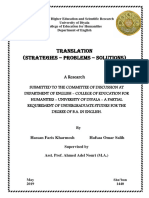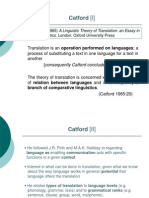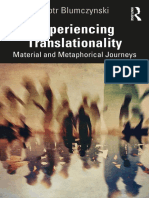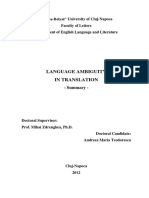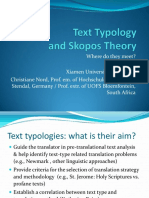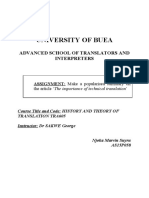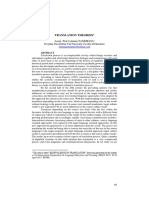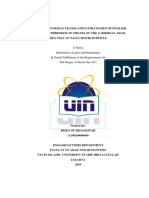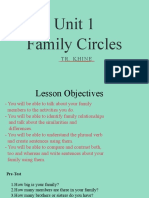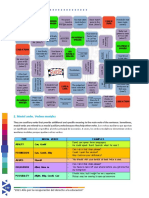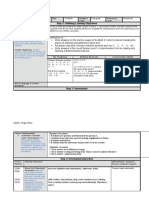0% found this document useful (0 votes)
241 views21 pagesStrategies
The document discusses strategies for translating poetry aesthetically. It explores debates around the possibility and impossibility of poetic translation, and proposes strategies like aesthetic accommodation and compensation that can help preserve the overall aesthetic value when translating poetry.
Uploaded by
Trang TrangCopyright
© © All Rights Reserved
We take content rights seriously. If you suspect this is your content, claim it here.
Available Formats
Download as PDF, TXT or read online on Scribd
0% found this document useful (0 votes)
241 views21 pagesStrategies
The document discusses strategies for translating poetry aesthetically. It explores debates around the possibility and impossibility of poetic translation, and proposes strategies like aesthetic accommodation and compensation that can help preserve the overall aesthetic value when translating poetry.
Uploaded by
Trang TrangCopyright
© © All Rights Reserved
We take content rights seriously. If you suspect this is your content, claim it here.
Available Formats
Download as PDF, TXT or read online on Scribd
/ 21





